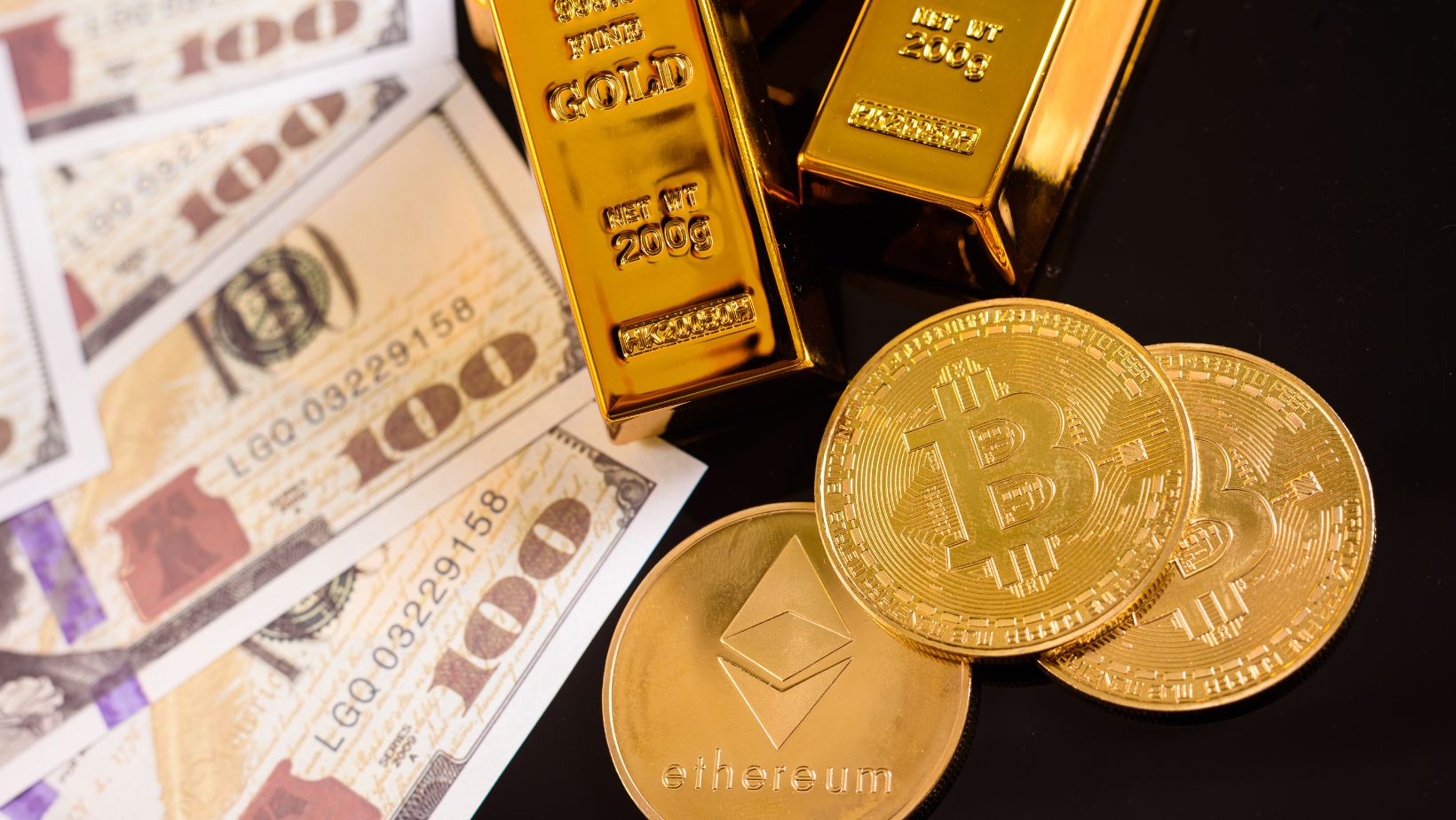Decentralized Finance (DeFi) sounds complicated, right? It’s this big buzzword in the crypto world, and if you’ve spent even a little time in the space, you’ve probably heard about it a million times. But what exactly is DeFi? And why should you care about it? In this guide, we’re going to break it down in a way that won’t make your head spin.
Let’s dive into DeFi and how it’s transforming the financial system as we know it.
What is DeFi, Anyway?
DeFi stands for decentralized finance, which is basically an umbrella term for financial services on the blockchain. Traditional finance relies on intermediaries like banks and institutions to manage transactions. DeFi flips that script by eliminating the middlemen, allowing people to access financial services directly through decentralized networks.
In a nutshell, DeFi is like having the world’s financial system in your pocket, but instead of dealing with banks, you’re interacting with smart contracts on a blockchain. These contracts are pieces of code that execute automatically when certain conditions are met. Whether it’s borrowing, lending, or trading, you can do it all through decentralized platforms like Ethereum without needing a traditional bank.
Now, before you get too excited and start imagining life without banks, let’s slow down a bit and take a look at how this all works.
How Does DeFi Actually Work?
At the core of DeFi are decentralized applications (DApps) that run on blockchain networks. These DApps allow you to access various financial services that are completely transparent, verifiable, and available to anyone with an internet connection.
But how do you trust these systems? That’s where smart contracts come in. Smart contracts are pre-programmed agreements written in code that automatically execute when specific conditions are met. Let’s say you want to lend some of your cryptocurrency for interest.
You’d use a lending DApp that is run by a smart contract, ensuring that your terms are met and the borrower pays you back without a bank breathing down anyone’s neck.
Key Features of DeFi You Should Know
- Permissionless: One of the most groundbreaking features of DeFi is that it’s permissionless. You don’t need to ask anyone to participate. If you have an internet connection and some crypto, you can access DeFi services instantly.
- Transparency: Every transaction on a DeFi platform is recorded on a blockchain, meaning anyone can verify the data. This level of transparency is unheard of in traditional finance.
- Ownership and Control: In DeFi, you maintain complete control of your assets. There’s no bank that can freeze your account or block your transactions.
- Interoperability: DeFi platforms are designed to work together. You can move assets seamlessly between different platforms and services, something that’s not possible with traditional banks.
Common Use Cases in DeFi
Now that you’ve got a handle on what DeFi is and how it works, let’s explore some of the most popular use cases.
- Lending and Borrowing: DeFi lending platforms like Aave and Compound allow users to lend their crypto and earn interest or borrow assets by collateralizing their own crypto. It’s kind of like being your own bank.
- Decentralized Exchanges (DEXs): These platforms, like Uniswap, let users trade cryptocurrencies directly with one another without the need for an exchange like Coinbase or Binance to act as the middleman.
- Stablecoins: These are cryptocurrencies pegged to traditional currencies like the US dollar, providing a stable store of value in the volatile world of crypto.
- Yield Farming: This is a more advanced DeFi strategy where you stake your crypto in different DeFi platforms to earn rewards, often paid in the form of more crypto.
- BTC Casinos: Yes, you can even gamble in the world of DeFi! There are decentralized platforms that let you place bets using Bitcoin and other cryptos. If you’re interested in learning more, check out this btc casinos guide for a comprehensive overview. Just be sure to gamble responsibly.
The Pros and Cons of DeFi
Like anything in life, DeFi has its pros and cons. Let’s break them down.
Pros:
- Accessibility: As long as you’ve got a phone and some crypto, you’re in. No bank account is needed.

- High Yield: DeFi offers the potential for much higher returns compared to traditional finance. You can earn interest, stake your assets, and participate in yield farming.
- Innovation: The DeFi space is constantly evolving, with new services and platforms popping up that offer even more ways to use your crypto.
Cons:
- Risk: Because DeFi is still new, it’s not without risk. There have been cases of smart contracts being hacked, and the volatility of the crypto market can lead to significant losses.
- Complexity: Even though we’re making it simple here, DeFi can still be confusing, especially if you’re not familiar with how blockchain works. It’s easy to get lost in the technical jargon and complex processes.
- Regulation: Since DeFi operates outside the traditional financial system, there’s little regulatory oversight. While this is part of its appeal, it also means you need to be careful.
So, Should You Dive Into DeFi?
DeFi is shaking up the world of finance and offers opportunities that simply don’t exist in traditional banking. But it’s important to do your own research and understand the risks involved. While DeFi can offer high rewards, it’s not without its challenges. Start small, experiment with platforms like Uniswap or Aave, and learn the ropes before diving in deep.
If you’re interested in the future of finance and enjoy the idea of controlling your own money without relying on a bank, DeFi could be worth exploring. Just remember, as with any investment, never put in more than you’re willing to lose.
DeFi may seem intimidating at first, but with the right mindset and a little bit of curiosity, you can dive in and start making sense of this new financial frontier.


























































































